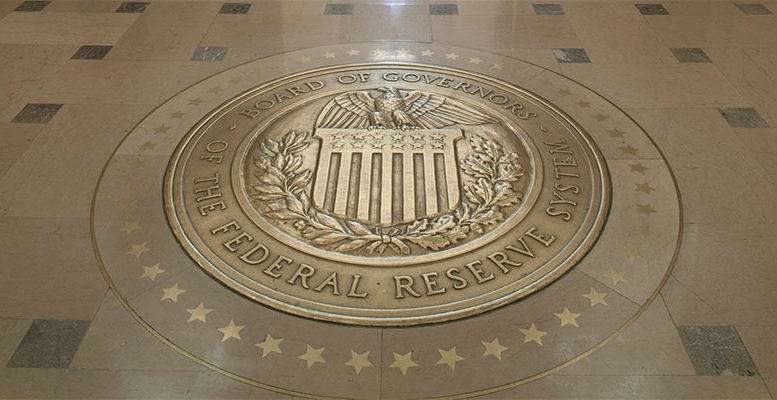Miguel Navascués | Central banks announcements are better than nothing, but may not be enough. In my opinion, the central message of Keynes is that, for those taking investment decisions, the future cannot be reduced to a risk calculus formula, because there is always a zone of uncertainty (by definition incalculable) which influences spending decisions: consumption, but, above all, productive investment.
This zone of uncertainty can only be dealt with through indications based on others´ value judgements, where optimism or pessimism rule. These are subjective but help dissipate the fog. They are not computable, but highly subjective and generalised. That one businessman thinks differently to another is not news, but that they all think the same about the future, whether optimistic or pessimistic, is crucial for macroeconomics. From this come the cycles of growth and decline and the financial blows like 2008.
Classical or neoclassical economists take no account of the difference between risk (calculable) and uncertainty (not calculable but very influential), and assume that savings and investment are balanced by the “natural” interest rate – something which Keynes believed until 1936. According to this theory, an excess of savings over investment was impossible, as all savings were used to finance investment at the natural interest rate.
Keynes separated the reasons for saving and investing, and saw with clairvoyance that there would be periods of pessimism which would lead everyone not to invest but to save in liquid instruments, as is happening in the world now. He introduced the idea of money as an asset whose demand is very volatile, according to people´s state of mind.
There is an excess of savings over investment which is shown by the preference for liquid instruments, like cash and bonds, at a global level.
The preference for savings over productive investment derives from a pessimism about the future which reduces consumption and investment.
According to some commentaries received on a previous post, cheap money policy will be sufficient for low or negative interest rates to re-animate investment. It was precisely Keynes who said that it might not be sufficient, if most people insist in maintaining balances in liquid instruments, rather than taking on productive investment projects. In any case, he could not conceive of a world with negative interest rates, which is what I wanted to discuss as a not particularly reassuring anomaly.
It is not reassuring because a flat, or even falling, interest rate curve seriously affects the results of banks, above all when there is little demand for credit from clients – aside from the bank itself being pessimistic about the future. It is also not reassuring because a negative interest rate means that people pay money to lend it, which is a tremendous sign of pessimism.
High equity markets do not mean that investment too is high, given that they are markets where short term speculation plays an important role, independently of the fundamentals of a share.
We have spent ten years trying expansionary monetary policies, and today it seems that we are entering another similar phase because there are signs of recession. Draghi´s opinion in the latest meeting of the ECB was more than pessimistic, and he ordered the preparation of a battery of large calibre munitions, including the purchase of bonds, in case things get worse. The same could be said of the Fed, which lowered interest rates at the last FOMC.
It is true that, with inflation below targeted levels, these announcements are better than nothing. But that does not mean that they will be sufficient to dissipate the clouds and remove pessimism from the minds of investors.





